Table of Contents
Introduction
Curry is one of the world's most beloved dishes, but the term itself is often misunderstood. What exactly makes a dish "curry"? Is it the spices? The sauce? The cooking method? In this article, we'll directly answer your most pressing questions about curry by exploring its defining characteristics, regional variations, and essential ingredients. Whether you're a beginner or a seasoned cook, understanding what makes a curry a curry will help you create authentic, flavorful dishes every time.
What Makes a Curry a Curry
The term "curry" is not a specific recipe but a cooking concept that describes a dish where ingredients are cooked in a spiced sauce. This sauce typically contains a blend of spices, aromatics like onions and garlic, and a liquid base such as tomatoes, coconut milk, or yogurt. The key characteristic of curry is the complex spice blend that creates its distinctive flavor profile, not any single ingredient.
Many people mistakenly believe curry must be spicy, but this is not true. Japanese curry is typically mild, while Indian Vindaloo is very hot. The term "curry" refers to the spiced sauce base, not specifically to heat. Many curries focus on complex flavor profiles rather than just spiciness.
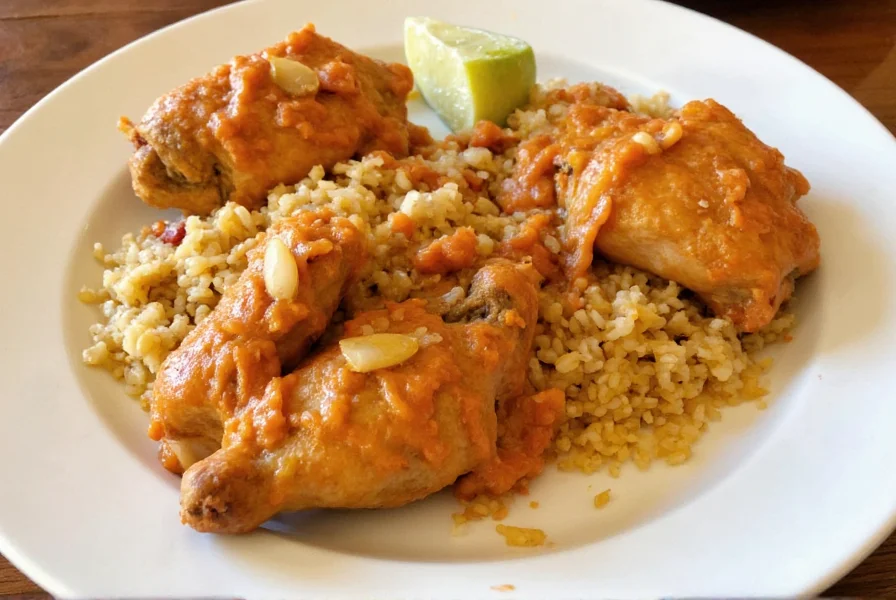
Spice Blends: The Soul of Curry
One of the key components that make a curry a curry is the spice blend. While the exact mix varies depending on the region, certain spices are commonly used across many curry recipes. These include:
- Turmeric – gives curry its signature yellow color and adds earthy warmth.
- Cumin – brings a nutty, smoky depth.
- Garam Masala – a warm, aromatic blend that enhances the overall flavor.
- Coriander – adds citrusy freshness.
- Chili Powder or Fresh Chilies – provides heat, which is optional but often present.
These spices are often combined in specific ratios to create the base of a curry. For example, Indian curries tend to use a lot of turmeric, cumin, and coriander, while Thai curries might focus more on lemongrass, galangal, and chili paste. However, the presence of these spices is what often distinguishes a curry from other types of sauces or stews.
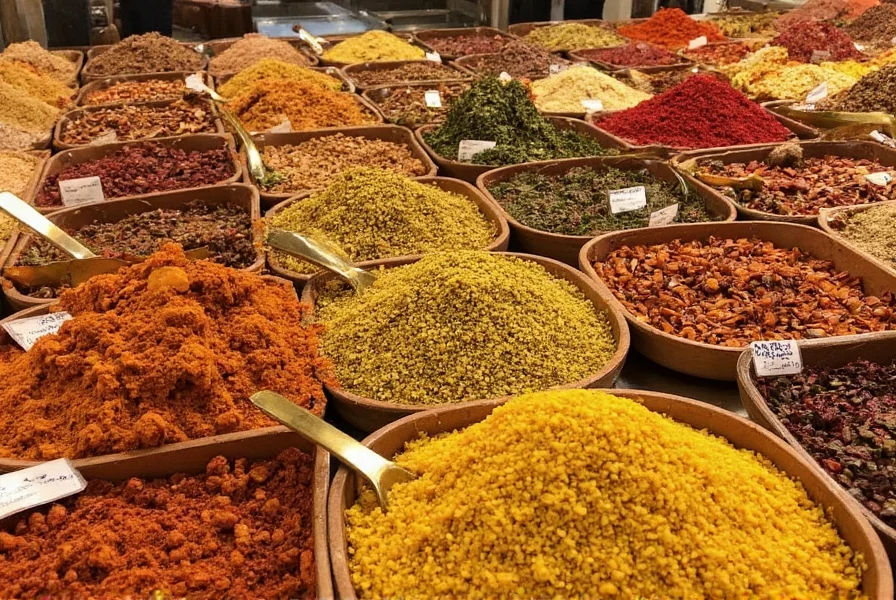
Cooking Techniques That Define Curry
Another element that contributes to the identity of a curry is the cooking technique. Many traditional curries are cooked using a method known as 'braising' or 'simmering.' This involves slow-cooking the ingredients in the spice-infused sauce, allowing the flavors to meld together and deepen over time.
Some popular methods include:
- Slow Cooking – allows spices to infuse into the food gradually.
- Stir-Frying – used in some Asian curries, especially those from Thailand or Vietnam.
- Roasting – common in Indian and Middle Eastern curries, where spices are roasted before being ground.
These techniques not only affect the texture and flavor of the curry but also contribute to its overall character. The longer the cooking time, the more complex the flavors become, making the dish more satisfying and flavorful.
Global Curry Variations
Curry is not a single dish; it's a concept that exists in many forms across the world. Different regions have developed their own versions of curry, each with distinct ingredients, spices, and preparation methods. Here are a few examples:
| Region | Key Ingredients | Flavor Profile |
|---|---|---|
| India | Tomatoes, onions, potatoes, chicken, ghee | Earthy, aromatic, slightly sweet |
| Thailand | Coconut milk, lemongrass, kaffir lime, chilies | Rich, creamy, spicy, and fragrant |
| Japan | Chicken, vegetables, miso, soy sauce | Savory, umami-rich, mildly sweet |
| Caribbean | Goat, peppers, allspice, thyme | Smoky, spicy, and bold |
As you can see, even though all of these dishes are called 'curry,' they have very different characteristics. What unites them is the use of a spiced sauce and the way the ingredients are cooked together. This flexibility is one of the reasons why curry is so popular—it can be adapted to suit any taste or culture.
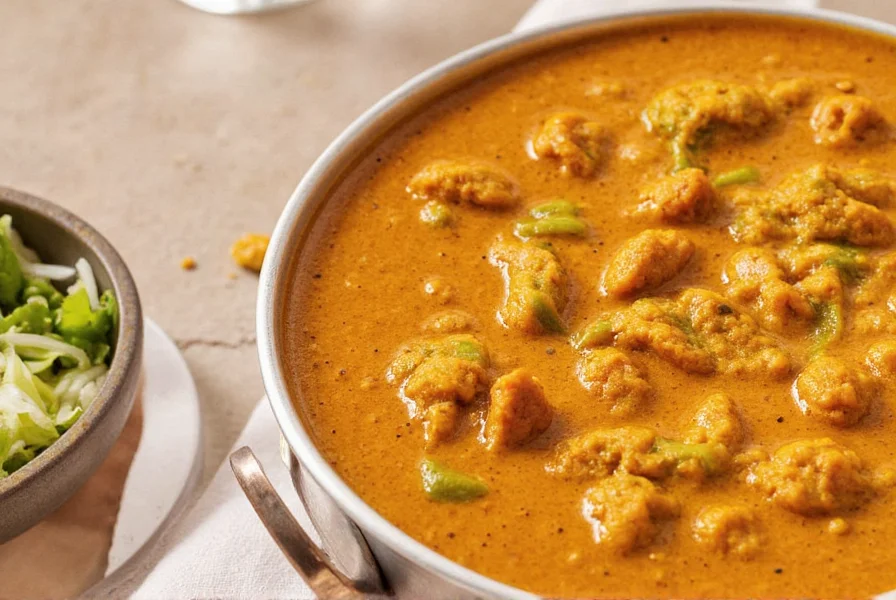
Buying Guide for Curry Ingredients
If you're looking to make your own curry at home, it's essential to know what ingredients to look for and how to choose the right ones. Here's a quick guide to help you get started:
Essential Spices for Curries
- Turmeric: Look for bright yellow powder with a strong, earthy scent. Use it sparingly as it can stain.
- Cumin: Choose whole seeds if possible, as they retain their flavor better. Ground cumin should be fresh and have a nutty aroma.
- Garam Masala: This is a blend of spices like cinnamon, cardamom, cloves, and black pepper. Buy it pre-made or make your own for more control over the flavor.
- Coriander: Look for light brown seeds with a citrusy smell. Ground coriander should be used within a few months for best results.
- Chili Powder: Available in mild, medium, and hot varieties. Start with a small amount and adjust to taste.
Other Key Ingredients
- Onions and Garlic: Fresh is always better. They form the base of most curries.
- Tomatoes: Fresh or canned, they add acidity and body to the sauce.
- Coconut Milk: Ideal for creamy curries, especially in Southeast Asian cuisines.
- Yogurt or Cream: Used in some Indian and Middle Eastern curries for a tangy, rich texture.
When purchasing pre-made curry powders or pastes, check the ingredient list to ensure they contain real spices and no unnecessary fillers. Some store-bought blends may lack the depth and complexity of homemade versions.
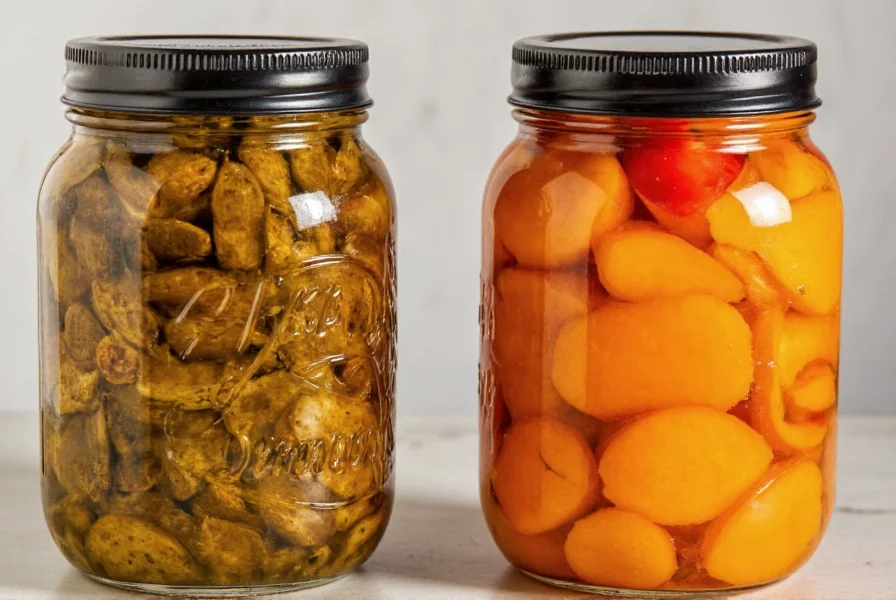
Frequently Asked Questions About Curry
What exactly defines a curry?
A curry is defined by its spiced sauce base rather than any single ingredient. It's a dish where ingredients are cooked in a sauce made from a blend of spices, often including aromatics like onions, garlic, and ginger. The sauce may contain tomatoes, coconut milk, yogurt, or other liquids, but the defining characteristic is the complex spice blend that creates its distinctive flavor profile.
Is curry a specific recipe or a cooking style?
Curry is more of a cooking concept than a specific recipe. The term "curry" encompasses a wide range of dishes across different cultures, each with their own unique ingredients and preparation methods. What unites them is the technique of cooking ingredients in a spiced sauce. There's no single "authentic" curry recipe - rather, it's a culinary approach that varies regionally.
Do all curries have to be spicy?
No, contrary to popular belief, not all curries are spicy. While many contain chili peppers for heat, the spiciness level varies greatly by region and recipe. Japanese curry is typically mild, while Indian Vindaloo is very hot. The term "curry" refers to the spiced sauce base, not specifically to heat. Many curries focus on complex flavor profiles rather than just spiciness.
What are the essential spices for making curry?
The essential spices vary by regional style, but common foundational spices include turmeric (for color and earthiness), cumin (for warmth), coriander (for citrus notes), and ginger/garlic (for aroma). Many curries also include chili peppers for heat, and regional variations might feature lemongrass (Thai), mustard seeds (South Indian), or allspice (Caribbean). Garam masala is a common spice blend in North Indian curries.
Can I make curry without traditional curry powder?
Absolutely. Many traditional curries, especially in South India and Thailand, are made by grinding fresh spices rather than using pre-made curry powder. You can create authentic-tasting curry by toasting and grinding whole spices like cumin seeds, coriander seeds, and cardamom pods. Fresh aromatics like ginger, garlic, and green chilies are equally important as dry spices in many curry traditions.
What's the difference between curry paste and curry powder?
Curry powder is a dry blend of ground spices, while curry paste contains fresh ingredients like lemongrass, galangal, chilies, and shrimp paste mixed with dry spices to form a moist paste. Curry pastes are common in Southeast Asian cooking (especially Thai), while curry powders are more associated with British-influenced curry traditions. Pastes generally have more complex, fresh flavors, while powders offer convenience and shelf stability.
How long should curry simmer to develop proper flavor?
Most curries benefit from slow simmering - typically 20-45 minutes for chicken or vegetable curries, and 1-2 hours for tougher meats like goat or beef. This allows the spices to bloom and integrate with the other ingredients. However, Thai curries with coconut milk should not simmer too long (15-20 minutes) to prevent the coconut milk from separating. The key is patience - good curry develops depth through gradual cooking.
Are there vegetarian/vegan curry options?
Yes, many traditional curries are naturally vegetarian or can be easily adapted. Indian cuisine offers numerous vegetable-based curries like chana masala (chickpea curry) and aloo gobi (potato and cauliflower curry). Thai cuisine has excellent options like green curry with tofu and vegetables. For vegan versions, simply substitute coconut milk for dairy-based ingredients like yogurt or cream.
Conclusion
In conclusion, what makes a curry a curry is a combination of factors: the use of a spiced sauce, the cooking method, and the cultural context in which it's prepared. Whether it's an Indian butter chicken curry, a Thai green curry, or a Caribbean goat curry, each version brings something unique to the table—but they all share the same essence of flavor, warmth, and comfort.
So next time you enjoy a curry, take a moment to appreciate the layers of spices, the patience of the cook, and the tradition behind the dish. After all, it's not just a meal—it's a celebration of culture, flavor, and community.
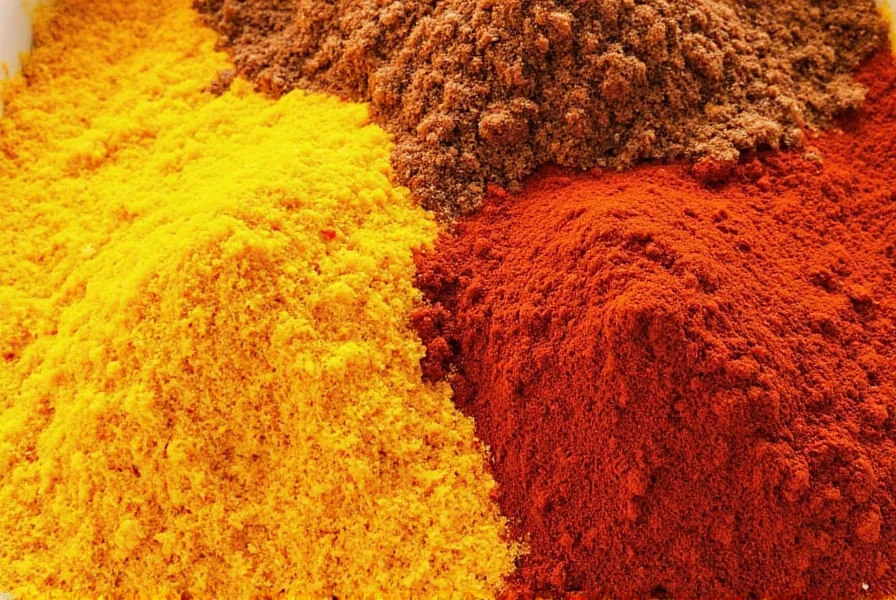
Remember, the heart of a curry lies in the spices and the love put into the cooking. With the right ingredients and a little creativity, you can bring the magic of curry into your kitchen every day.

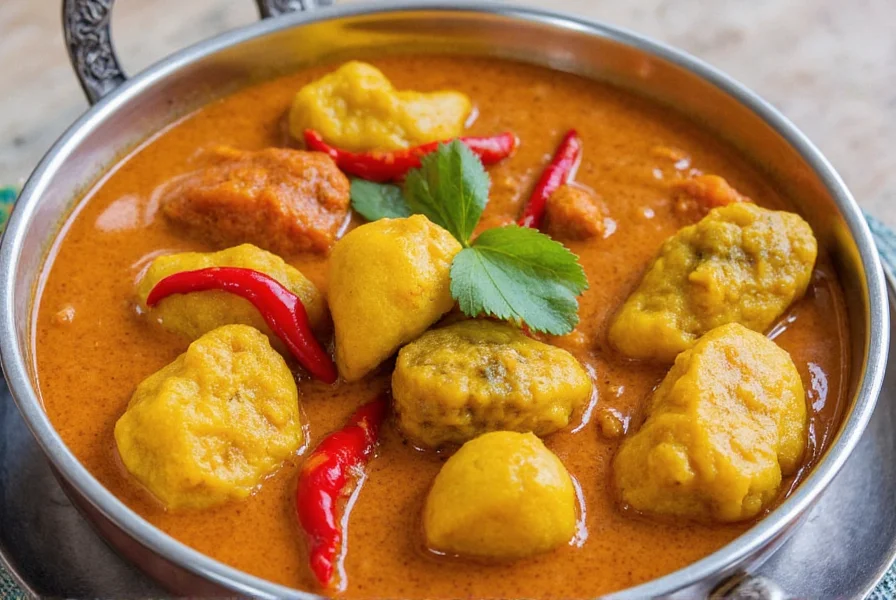









 浙公网安备
33010002000092号
浙公网安备
33010002000092号 浙B2-20120091-4
浙B2-20120091-4